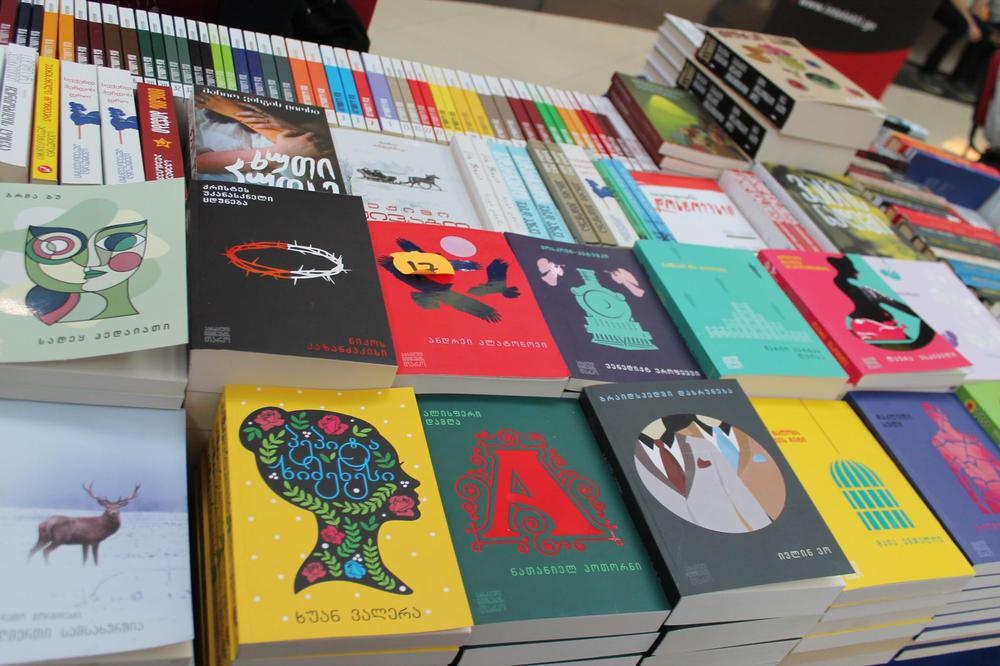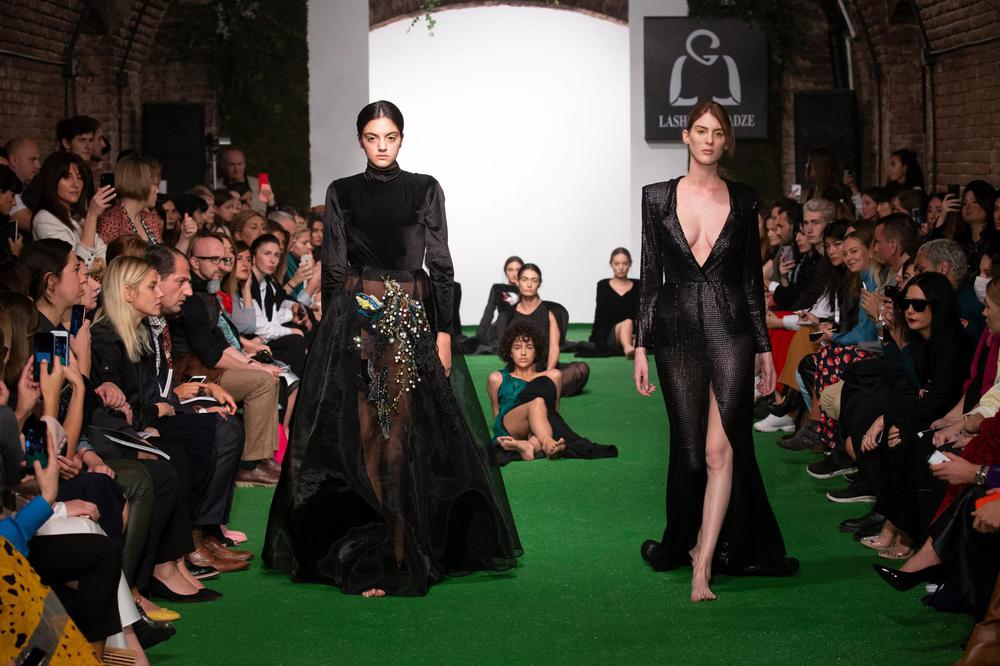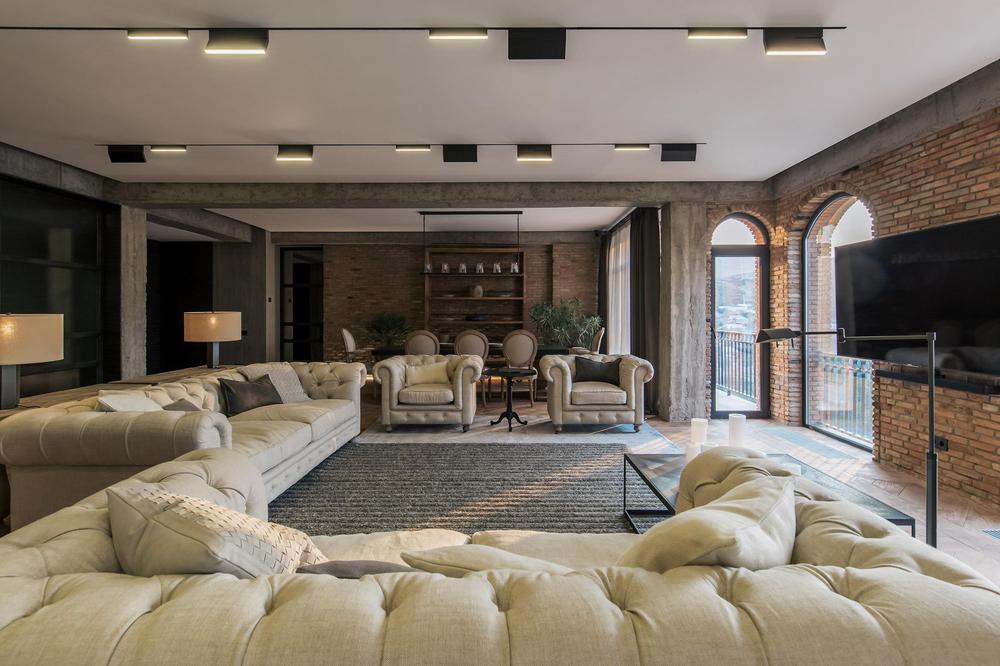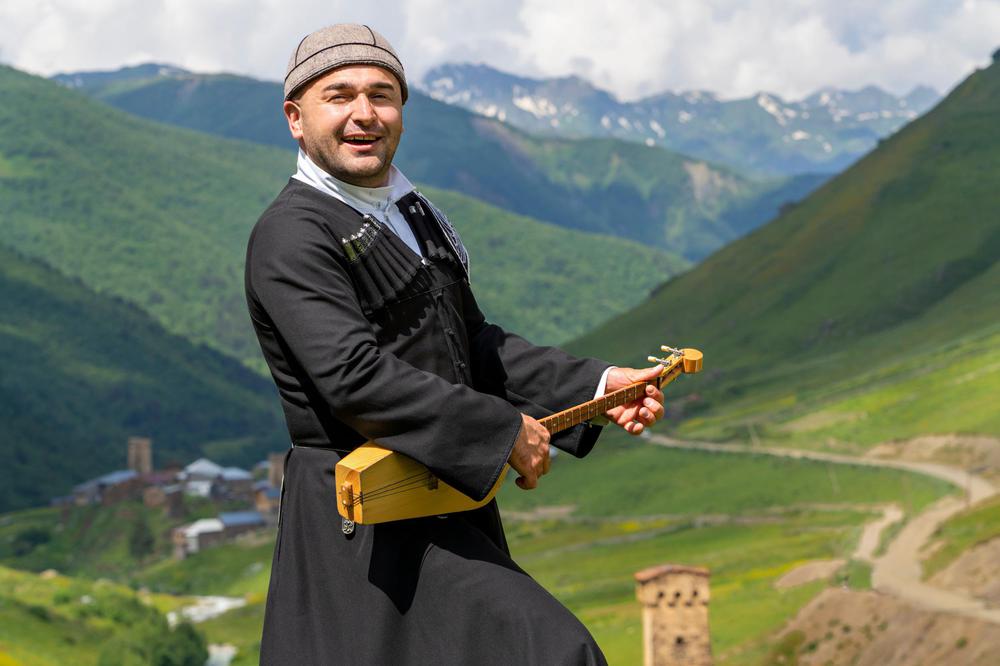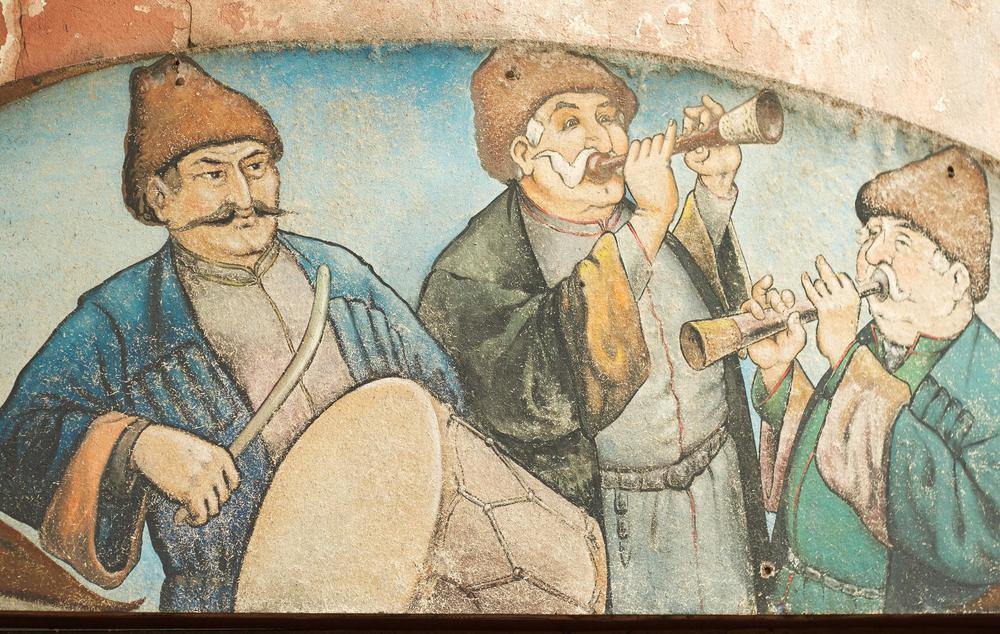Georgia, nestled at the crossroads of Western Asia and Eastern Europe, boasts a vivid tapestry of culture and art, prominently reflected in its traditional attire. This article delves into the intricate world of Georgian national costumes, exploring their variety, historical significance, and role in today's society, especially in relation to tourism.
Historical Overview Of Georgian National Attire
The Evolution Of Traditional Dress
Georgian national costumes, each distinct to its region, have evolved over centuries, deeply influenced by the country's complex history and interactions with neighboring cultures. While the 'Chokha' is often recognized as a quintessential Georgian outfit, it's crucial to note that it represents just one aspect of the rich diversity in traditional Georgian clothing.
From Practicality To Symbolism
Originally, these costumes served practical needs, suited to Georgia's varied climate and topography. Over time, they transcended functionality, symbolizing social status, regional identity, and even political views. For instance, the 'Chokha,' primarily seen in mountainous regions like Khevsureti and Svaneti, became a symbol of national pride, especially during periods of foreign rule.
The Diversity Of Regional Costumes
Rich Regional Variations
Georgia's diverse landscapes and cultural influences have given rise to distinct costume variations. In western Georgia, the attire is often brightly colored, with intricate embroidery, reflecting the region's lush, vibrant environment. In contrast, eastern Georgian costumes, including those from Kakheti, are more restrained in color but rich in symbolic decorations.
Details And Accessories
Detailing in Georgian national costumes varies significantly. Women's attire often includes beautifully embroidered dresses and headpieces, each telling a story of local traditions and beliefs. Men's outfits, on the other hand, are frequently complemented by accessories like the 'Papakhi' (a woolen hat) and 'Kabalakhi' (a hood), differing in style and decoration across regions.
Craftsmanship In Georgian National Costumes
Artisanal Techniques
The creation of these costumes is an art form, requiring meticulous handcrafting skills. Traditional methods involve hand-weaving, dyeing, and embroidering, using natural fibers such as wool, linen, and silk. The intricate embroidery, often featuring floral or geometric patterns, is not only decorative but also symbolic, reflecting regional myths and stories.
Materials And Embellishments
While wool is predominantly used in mountainous regions due to its warmth and durability, silk and cotton are more common in milder climates. Embellishments such as beads, metalwork, and coins are often added, especially to women's attire, adding to the costume's richness and complexity.
National Costumes In Contemporary Georgian Culture
Resurgence And Modern Adaptations
In recent years, there has been a resurgence in the popularity of national costumes, partly as a response to globalized fashion trends. Modern designers are reinterpreting traditional motifs and styles, blending them with contemporary fashion, thus keeping these traditions alive and relevant.
Tourism And Cultural Representation
For tourists, experiencing Georgian national costumes offers a tangible connection to the country's rich heritage. Cultural tours often include visits to artisan workshops, traditional dance performances, and opportunities to try on these costumes, providing a unique insight into Georgia's cultural identity.
Preservation Efforts And Educational Initiatives
Museums And Cultural Institutions
Key to preserving these costumes are museums and cultural institutions like the Georgian National Museum and the Open Air Museum of Ethnography in Tbilisi. They not only display historical costumes but also host exhibitions and workshops, educating the public about the significance and craftsmanship of these attires.
Educational Outreach
Efforts to educate the younger generation about traditional costumes are vital in keeping this aspect of Georgian culture alive. Workshops, school programs, and public events often feature traditional costume making, aiming to instill appreciation and skills in younger Georgians.
Conclusion: A Living Tradition
Georgian national costumes, with their rich variety and deep historical roots, are far more than just clothing. They embody the nation's history, cultural diversity, and artistic heritage. As these costumes continue to evolve, they remain a vibrant and essential part of Georgia's identity, both for locals and as a unique attraction for visitors exploring the country's rich cultural landscape.

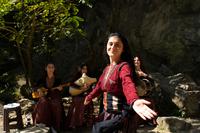 Festivals and Events
Festivals and Events
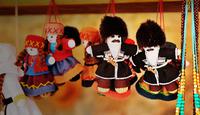 Georgian Handicrafts
Georgian Handicrafts
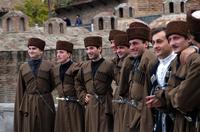 Folk Festivals of Georgia
Folk Festivals of Georgia
